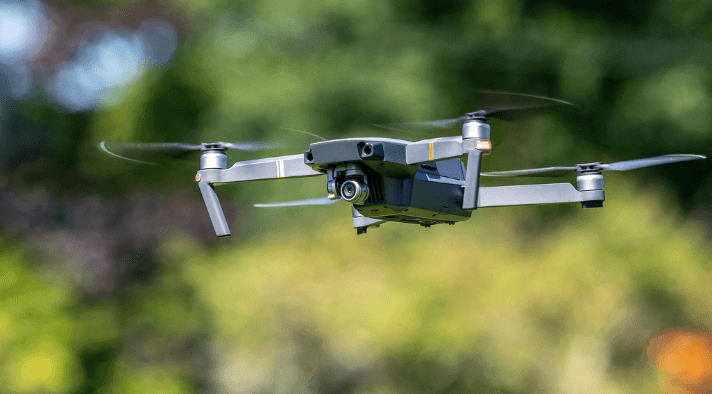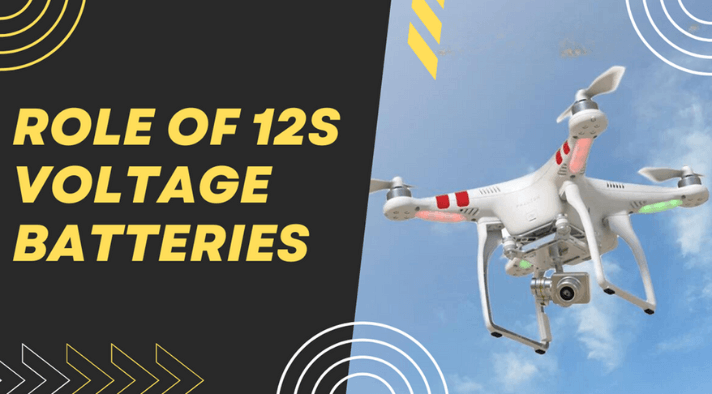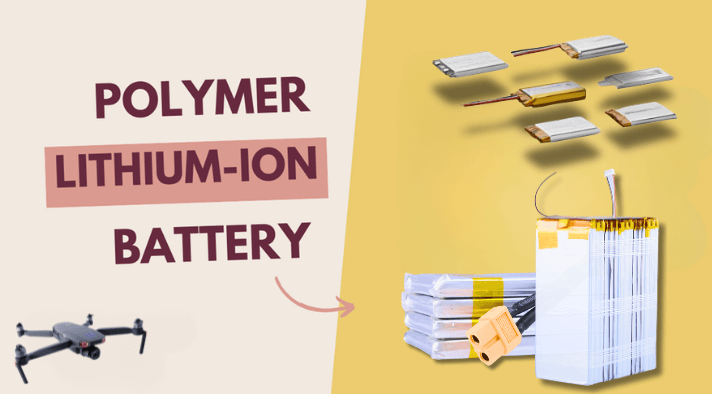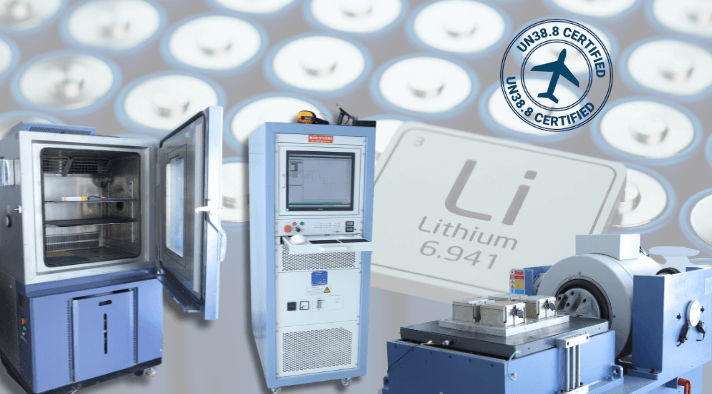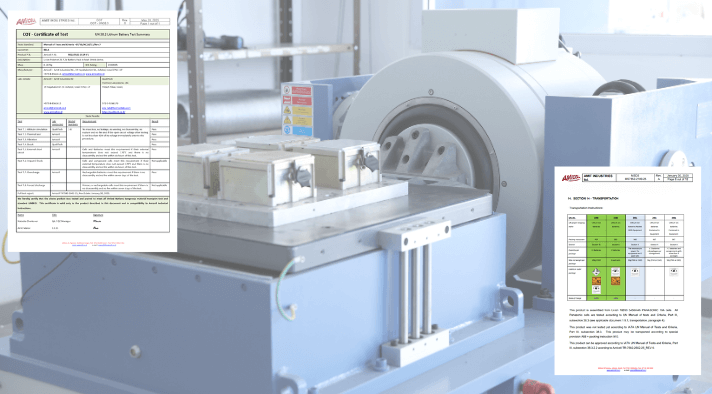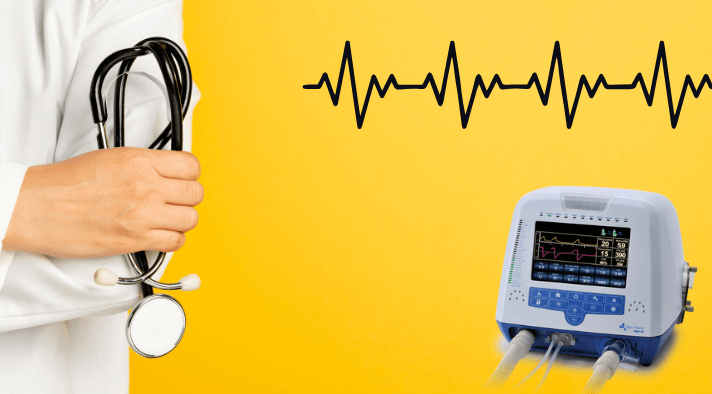Drones have revolutionized various industries, from aerial photography to delivery services. But one key factor limits their potential battery life. This article explores the current landscape of lightweight batteries in drones, delving into different types and their limitations. We’ll then soar into the future, exploring promising advancements that could extend flight times and unlock even greater possibilities for drone technology.
Understanding Drone Batteries
Drone batteries are crucial for powering various drone functions, including motors, cameras, and sensors. They need to be lightweight, durable, and capable of delivering high energy density. Common types include Lithium Polymer (LiPo), Lithium-Ion (Li-ion), and Nickel-Metal Hydride (NiMH) batteries. Each type offers different advantages, balancing factors like weight, capacity, and safety to meet the specific demands of different drone applications.
Types of Lightweight Batteries Used in Drones
There are mainly three types of batteries that used in drones:
Lithium Polymer (LiPo) Batteries
Lithium Polymer (LiPo) batteries are the most commonly used in drones due to their high energy density and lightweight nature. They provide excellent power output and are relatively inexpensive. However, they require careful handling and monitoring to avoid overcharging and overheating, which can lead to safety issues. LiPo batteries are popular for their balance of performance and cost.
Lithium-Ion (Li-ion) Batteries
Lithium-Ion (Li-ion) batteries are known for their high energy density and long lifespan. Although heavier than LiPo batteries, they offer more stability and are less prone to swelling and overheating. Li-ion batteries are increasingly being used in drones as advancements in technology reduce their weight and enhance their efficiency, making them a viable option for longer flight times.
Nickel-Metal Hydride (NiMH) Batteries
Nickel-Metal Hydride (NiMH) batteries are less common in modern drones but are valued for their robustness and safety. They are heavier and have lower energy density compared to LiPo and Li-ion batteries, limiting their use in high-performance drones. However, NiMH batteries are durable, less susceptible to damage, and are an option for certain applications where weight is less critical.
Technical Specifications
Energy Density
Energy density, measured in watt-hours per kilogram (Wh/kg), is a crucial specification for drone batteries. Higher energy density means more power can be stored in a lighter battery, which is vital for extending flight time and improving overall efficiency.
Weight-to-Energy Ratio
The weight-to-energy ratio of a battery determines how much energy it can provide relative to its weight. Optimizing this ratio is essential for enhancing drone performance, as it allows drones to carry more substantial payloads and operate longer without increasing their weight.
Battery Life Cycle
The battery life cycle refers to the number of charge and discharge cycles a battery can undergo before its capacity significantly degrades. Longer life cycles reduce the frequency of battery replacements, lowering operational costs and improving sustainability.
Charging Time
Charging time is another critical factor, especially for commercial and industrial drones that require quick turnaround times. Advanced battery technologies aim to reduce charging times without compromising battery life or performance.
Safety Features
Safety is paramount in battery design, particularly for high-energy-density batteries. Features such as overcharge protection, thermal management, and short-circuit prevention are essential to prevent accidents and ensure reliable operation.

What is drone battery pack
A drone battery pack is a rechargeable power source that supplies energy to a drone’s motors and electronic components. Typically using lithium-ion or lithium-polymer cells, these packs are designed for lightweight, efficient power delivery to maximize flight time and performance.
Why Lightweight Batteries Matter
Lightweight batteries are crucial for drones as they directly impact flight time, performance, and efficiency. By reducing the weight, drones can fly longer, handle better, and carry more payloads. This is vital for applications like aerial photography, delivery services, and surveillance. Additionally, lighter batteries often lead to lower energy consumption and reduced environmental impact, making them a sustainable choice.
Advancements in Battery Technology
Increased Energy Density
One of the most critical advancements in battery technology is the increase in energy density. This means that batteries can store more energy without increasing in size or weight, leading to longer flight times for drones.
Faster Charging Times
Another exciting development is the reduction in charging times. Innovations in charging technology allow drone batteries to recharge quickly, minimizing downtime and maximizing productivity.
Improved Safety Features
Safety is a paramount concern in battery development. Modern batteries are being designed with enhanced safety features to prevent overheating, short circuits, and other potential hazards.
Use of Lightweight Batteries in Drones
Commercial Use
In the commercial sector, lightweight batteries enable drones to perform tasks such as package delivery, infrastructure inspection, and environmental monitoring more efficiently.
Recreational Use
For hobbyists, lightweight batteries mean longer flight times and more fun. Whether it’s for aerial photography or racing, lightweight batteries enhance the overall experience.
Military Applications
In the military, lightweight batteries are crucial for reconnaissance, surveillance, and tactical operations. They allow drones to operate longer and carry additional equipment without compromising performance.
User Guides and Tutorials
How to Choose the Right Battery for Your Drone
Selecting the right battery involves considering factors such as energy density, weight, and compatibility with your drone. It’s essential to balance performance and cost to meet your specific needs.
Proper Maintenance of Drone Batteries
Maintaining your drone batteries involves regular inspection, proper storage, and careful charging practices. These steps help extend battery life and ensure safe operation.
Safety Tips for Handling Batteries
Handling batteries safely includes avoiding overcharging, preventing short circuits, and storing them in a cool, dry place. Using batteries with built-in safety features can also mitigate risks.
Extending Battery Life
Extending the life of your drone batteries can be achieved by following best practices such as avoiding deep discharges, charging at moderate temperatures, and using high-quality chargers.
Conclusion
The future of lightweight batteries in drones is bright, with ongoing advancements promising to overcome current limitations and unlock new possibilities. As battery technologies evolve, we can expect drones to become more efficient, versatile, and environmentally friendly. These improvements will not only enhance the performance and capabilities of drones but also drive their adoption across various industries, contributing to a more connected and sustainable world.
FAQs
1. What are the main types of lightweight batteries used in drones?
The main types of lightweight batteries used in drones include lithium-ion, solid-state, and graphene batteries, each offering unique advantages and limitations.
2. How do lightweight batteries improve drone performance?
Lightweight batteries improve drone performance by increasing flight times, reducing weight, enabling faster charging, and allowing drones to carry heavier payloads.
3. What is a Quadcopter battery?
A quadcopter battery is a power source designed to supply energy to a quadcopter drone, enabling it to fly, operate its motors, and run onboard systems like cameras and sensors.
4. Are lightweight batteries environmentally friendly?
Efforts are being made to make lightweight batteries more environmentally friendly by using sustainable materials and improving recycling processes. Advanced battery technologies also aim to reduce the overall carbon footprint of drones.
5. How do lightweight batteries impact the cost of drones?
Lightweight batteries can reduce the cost of drones by improving energy efficiency and performance, leading to lower production costs and making drones more accessible to a wider range of users.

